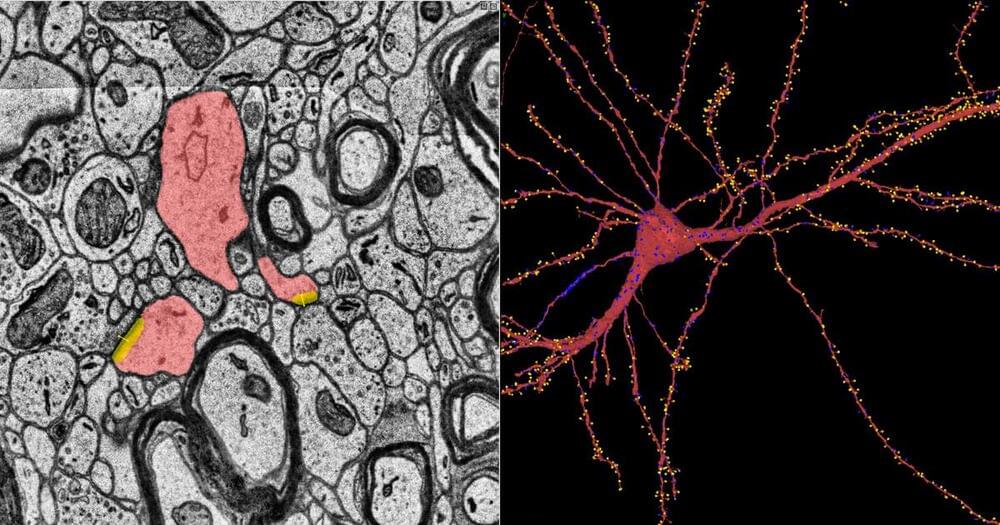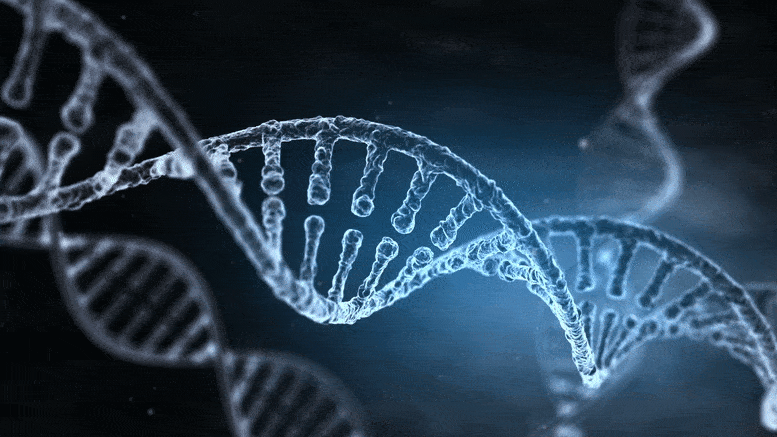Creating a world where no woman has to die giving life — temitayo erogbogbo, global advocacy director, MSD for mothers, merck sharp & dohme.
Mr. Temitayo (Tayo) Erogbogbo, is Global Advocacy Director of MSD for Mothers (https://www.msdformothers.com/), at Merck Sharp & Dohme.
Tayo has two decades of combined private sector and international development experience, 13 years of which was spent in the pharmaceutical industry in multiple roles across community relations, government affairs, marketing and sales.
As the Global Advocacy Director of MSD for Mothers, Tayo is responsible for global and national strategic partnerships and programs to bring about policies and practice changes to improve maternal health care, and strengthen health systems, particularly where private sector approaches can be leveraged for greater impact.
Prior to MSD for Mothers, Tayo led the establishment of an adolescents and youth constituency at The Partnership for Maternal, Newborn and Child Health (PMNCH), a multi-constituency partnership hosted by the World Health Organization, to advocate for better sexual, reproductive, maternal, newborn, child, and adolescent health policies and services at global, regional, and national levels. Additionally, he contributed to the development of the Global Strategy for Women’s, Children’s, and Adolescents’ Health 2016–2030.









